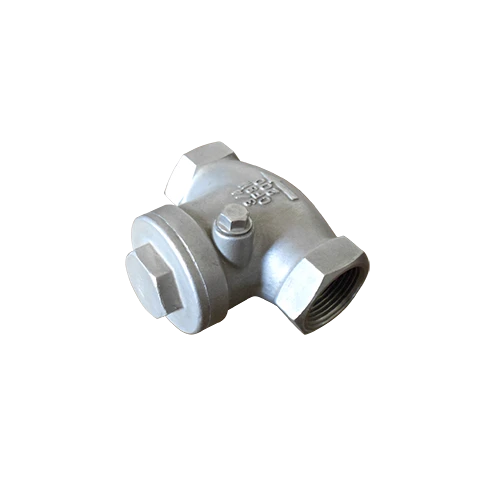Mobile:+86-311-808-126-83
Email:info@ydcastings.com
centrifugal fan impeller
Understanding the Centrifugal Fan Impeller Design, Function, and Applications
Centrifugal fan impellers play a crucial role in various industries by facilitating airflow in systems designed for ventilation, exhaust, and material handling. Their effectiveness and efficiency depend significantly on their design and operating principles. This article explores the workings of centrifugal fan impellers, their construction, types, and applications.
Design and Function
At its core, a centrifugal fan impeller converts rotational energy from a motor into kinetic energy in the form of airflow. The impeller’s design revolves around a central hub, often equipped with blades that are curved or straight. When the hub rotates, air is drawn into the center of the impeller and flung outward due to centrifugal force, creating a pressure difference that pushes air through the discharge outlet.
Key parameters in the design of a centrifugal fan impeller include the blade shape, angle, and its overall diameter. These factors significantly influence the fan’s performance characteristics, such as airflow volume, pressure, and energy consumption. The blade design can be classified as backward-curved, forward-curved, or straight, each serving different applications based on the required airflow characteristics.
Types of Impellers
Centrifugal fan impellers can be categorized into two main types open and closed impellers.
1. Open Impellers These feature blades that are not enclosed by a shroud. They are easier to manufacture and clean, making them suitable for handling materials that may contain dust or debris. However, they are less efficient than closed impellers because they are more susceptible to recirculation losses.
centrifugal fan impeller

2. Closed Impellers In contrast, closed impellers have blades that are enclosed between two shrouds, minimizing air leakage and improving efficiency. This type is commonly used in applications where higher pressures and more consistent airflow are required. They are prevalent in HVAC systems and industrial processes.
Applications
Centrifugal fan impellers are widely used across various sectors, including
- HVAC Systems These fans play a key role in heating, ventilation, and air conditioning systems, helping to circulate air efficiently throughout buildings. - Industrial Processes Many manufacturing processes require air movement for cooling or material transport. Centrifugal fan impellers are integral to systems handling dust and other particles.
- Exhaust Systems In commercial kitchens and manufacturing plants, centrifugal fans help remove fumes, smoke, and airborne contaminants to maintain safety and comfort.
- Agricultural Applications The agricultural sector utilizes these fans for aeration in grain storage facilities and for controlling climate in greenhouses.
Conclusion
The centrifugal fan impeller is a vital component in many applications requiring efficient airflow. Its ability to convert mechanical energy into effective air movement has made it indispensable in industries ranging from HVAC to manufacturing. As technology progresses, innovations in impeller design and materials continue to enhance the efficiency and performance of centrifugal fans, solidifying their role in modern engineering solutions. Understanding the intricacies of these impellers enables engineers and designers to select the most appropriate type for specific applications, ultimately leading to optimized system performance and energy usage.
-
Why Should You Invest in Superior Pump Castings for Your Equipment?NewsJun.09,2025
-
Unlock Performance Potential with Stainless Impellers and Aluminum End CapsNewsJun.09,2025
-
Revolutionize Your Machinery with Superior Cast Iron and Aluminum ComponentsNewsJun.09,2025
-
Revolutionize Fluid Dynamics with Premium Pump ComponentsNewsJun.09,2025
-
Optimizing Industrial Systems with Essential Valve ComponentsNewsJun.09,2025
-
Elevate Grid Efficiency with High-Precision Power CastingsNewsJun.09,2025











